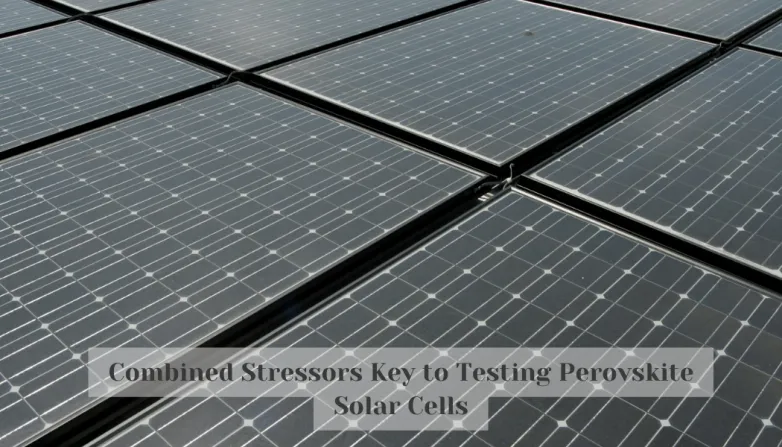Combined Stressors Key to Testing Perovskite Solar Cells
- Research from NREL shows combining stress tests accurately predicts performance of perovskite solar cells. Findings demonstrate tests including thermal cycling & stressors can predict 6 month outdoor performance. High temp & illumination most critical for accelerating performance degradation. Research a step towards commercialization of perovskite technology.

Research from the U.S. Department of Energy's National Renewable Energy Laboratory (NREL) has found that a combination of stress tests is key to accurately test the performance of perovskite solar cells. The research team identified accelerated testing protocols which they demonstrated can be used to predict how these cells will perform over six months in an outdoor environment. Tests included thermal cycling, with temperatures fluctuating between -40°C and 85°C, as well as light and heat stressors. The team found that the most critical combination of stressors was high temperature and illumination, which significantly accelerates performance degradation. This research is a step towards developing protocols for improved reliability needed for commercialization of perovskite technology.
What Combination of Stressors is Key to Accurately Test Perovskite Solar Cells?
- High temperature and illumination were found to be the most critical combination of stressors for accurately testing the performance of perovskite solar cells.
- Thermal cycling between -40°C and 85°C was included in the testing protocol, as well as light and heat stressors.
- The research team was able to successfully predict the performance of the cells over a 6 month period in an outdoor environment.
- This research is a step in the direction of developing improved reliability protocols for commercializing perovskite technology.
Also read


